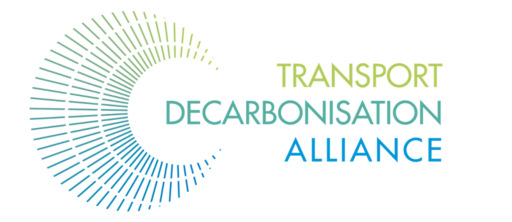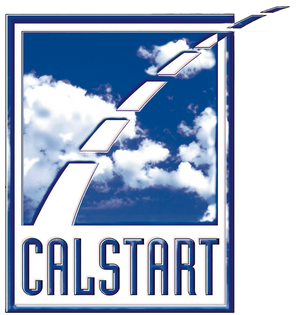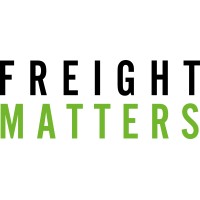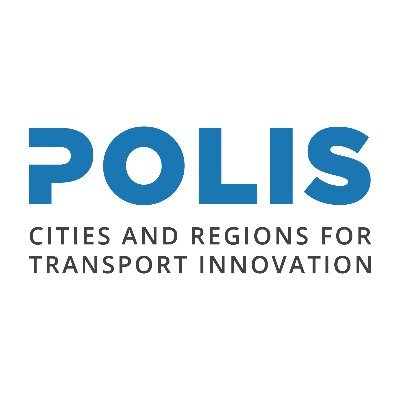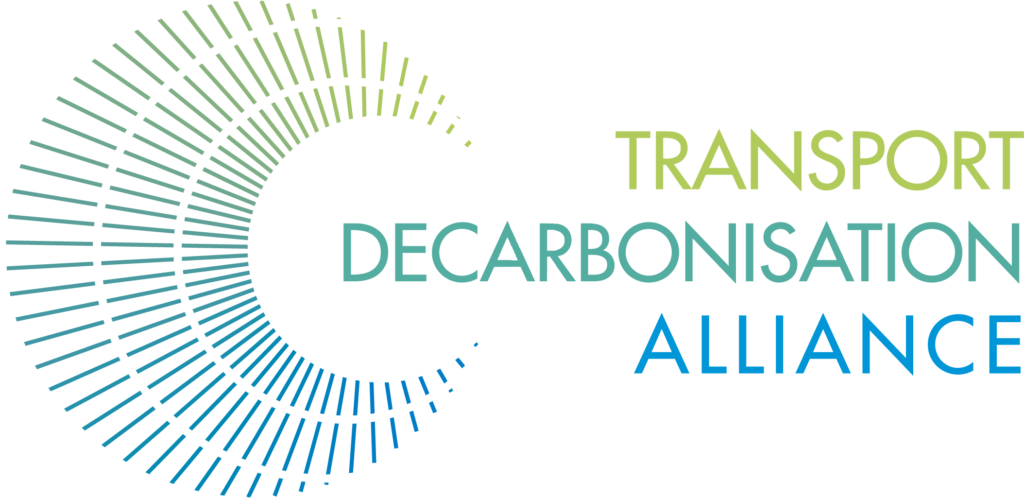UPDATED HOW-TO-GUIDE
ZERO-EMISSION ZONES IN THE CITY:
DON'T WAIT TO START WITH FREIGHT!
EXECUTIVE SUMMARY
Though less than 4% of vehicles on the road are trucks, it is estimated that they are responsible for 27% of road transport’s CO2 emissions. As urbanisation grows, absolute numbers of population as well as population density are continuing to rise in cities. Consequently, urban commercial transport is also increasing, exacerbating congestion and harmful emissions. Action is needed to improve strategies for transport and to reduce transport related emissions: air pollution, noise pollution, and greenhouse gas emissions.
As cities around the world seek to reduce their carbon footprint, many are pursuing zero-emission zones (ZEZs) and other measures for mass transit and personal mobility. However, freight transport is often overlooked by city planners and in transport strategies. In 2020, the Transport Decarbonisation Alliance (TDA) of countries, cities, regions and companies, C40 Cities, jointly with the POLIS network of European cities and regions, released the Zero-Emission Zones: Don’t wait to start with freight! how-to guide. The guide assists urban planners, transport officials, freight operators and other stakeholders to navigate the complex ecosystem of urban freight and develop zero emission zones for freight, which can help cities decarbonise, clean the air, reduce congestion, improve environmental justice, increase efficiency of deliveries, and more.
Implementing a ZEZ-F in a city can be daunting and overwhelming. It can be helpful to consider the shift to zero-emission zones as a process of continuous improvement rather than a one-off project. This updated version of the how-to-guide incorporates the constructive and experience-based feedback received by the TDA and its partners on the first version of the guide. It adds further examples from cities of all sizes from all over the world. This guide is meant to inspire ideas for ZEZ-F in your city, and to provide suggestions for first steps that will help city officials, transportation planners and consultants to get started with the implementation of ZEZ-F.
With the resulting hands-on guidelines, the route is clear for your city to join the frontrunners, so:
Don’t wait to start with freight!
Authors
















